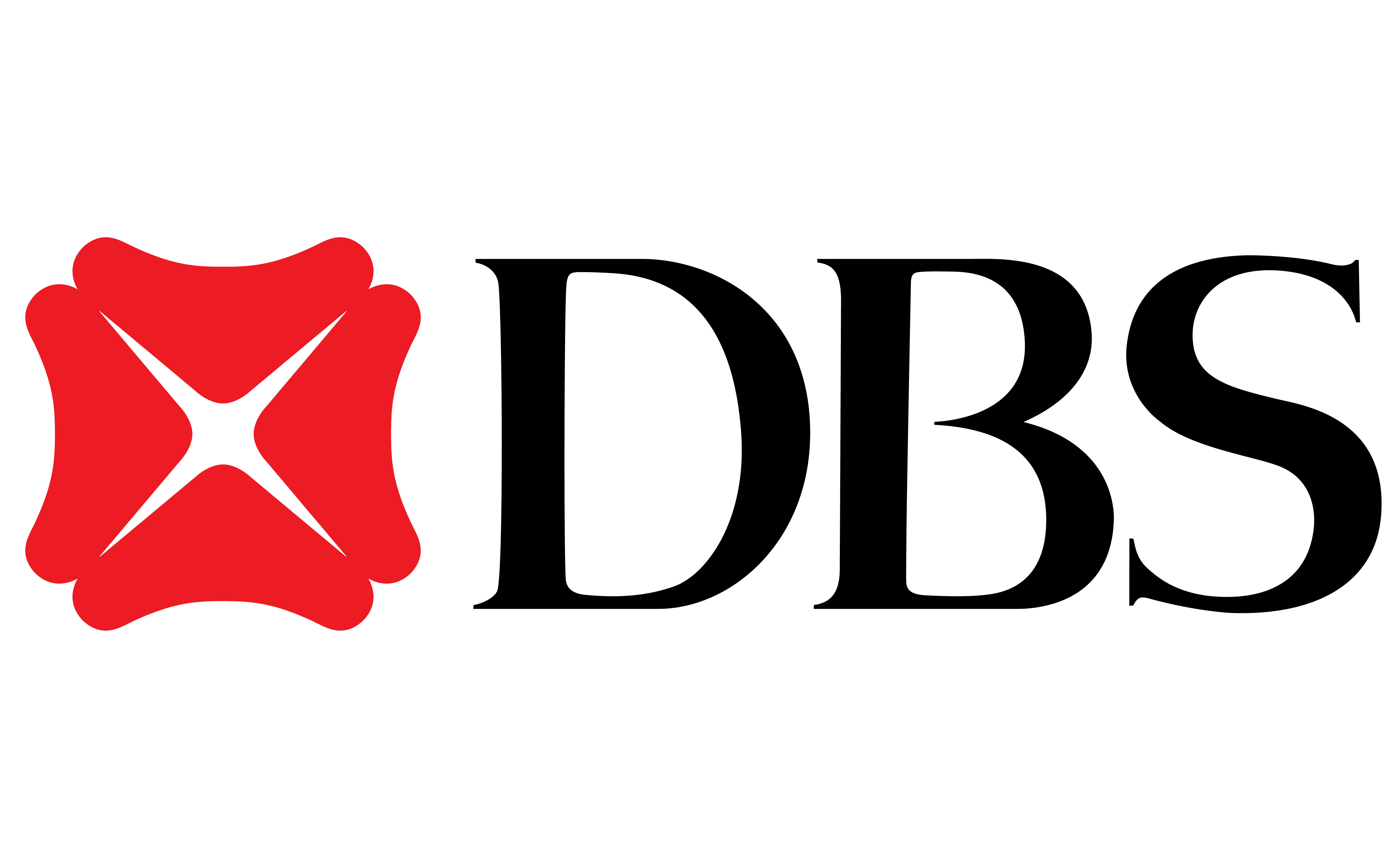Cómo la gobernanza de los datos permite a DBS Bank centrarse en la experiencia del cliente
DBS Bank Ltd., con sede y cotización en Singapur, (DBS) es un grupo de servicios financieros líder en Asia con presencia en 18 mercados a nivel mundial, incluidos seis mercados prioritarios en Asia: Singapur, Hong Kong, China, India, Indonesia y Taiwán. Reconocido constantemente como líder bancario mundial, DBS está a la vanguardia de la digitalización en todos los servicios y productos bancarios, un reflejo de su visión de convertirse en una empresa digital con la tecnología como núcleo.
La disposición del banco a invertir en tecnología, como las basadas en la nube, demuestra su deseo de seguir siendo ágil y estar a la vanguardia. DBS adopta una estructura organizativa basada en plataforma “dos en una caja”, donde los grupos comerciales y tecnológicos trabajan juntos para crecer digitalmente.
El desafío
Para brindar continuamente la mejor experiencia bancaria a todos sus clientes, DBS adopta activamente nuevas innovaciones tecnológicas necesarias para que el banco ofrezca experiencias digitales superiores. El objetivo del banco es habilitar y empoderar a sus equipos para desarrollar e implementar aplicaciones a escala, lo cual es clave para modernizar las aplicaciones. Impulsa la automatización en la implementación, escalamiento y gestión de aplicaciones en contenedores en Kubernetes, una plataforma de código abierto. Kubernetes mueve sin esfuerzo cargas de trabajo entre infraestructuras locales, híbridas y de nube pública. Pero crea el riesgo potencial de exponer las aplicaciones a vulnerabilidades de seguridad, ya que la carga de trabajo de la aplicación se distribuye entre los nodos de trabajo de Kubernetes. Por ejemplo, si DBS tiene 100 nodos de trabajo que atienden las aplicaciones 1 a 50, y la aplicación 3 requiere abrir el firewall en una plataforma de comercio electrónico, entonces la única forma de ser es abrir el firewall para todos los nodos. En consecuencia, las otras 49 aplicaciones también podrán acceder a la plataforma de comercio electrónico, lo que debilita la seguridad de las aplicación .
Automatizar la gestión de reglas de proxy para simplificar el proceso operativo es una solución viable. Sin embargo, controlar el tráfico saliente es un desafío, ya que el entorno de aplicación modernizado es vulnerable a amenazas externas. Por lo tanto, se estaba volviendo cada vez más complejo para el banco administrar las reglas del firewall y los administradores se mostraban más reticentes a eliminar o cambiar las reglas, ya que carecían de visibilidad de sus aplicaciones. El tiempo de respuesta para completar la configuración tomó demasiado tiempo, lo que generó demoras en la aplicación de las políticas de seguridad requeridas.
Para superar estos desafíos, DBS necesitaba una solución personalizada que pudiera ayudar a simplificar su proceso operativo, reduciendo el tiempo de salida al mercado de manera segura.
La solución
Para conservar la confianza de sus clientes con los más altos estándares de seguridad y satisfacer sus demandas, DBS diseñó un Gateway as a Service (GaaS) para controlar todo el tráfico saliente e imponer controles de seguridad adicionales para aplicar las políticas de control de acceso granular requeridas por el banco. Se asoció con F5 e implementó una solución personalizada para hacer realidad este diseño. El banco implementó una solución de proxy de gestión de acceso segura, flexible y de alto rendimiento para permitir el acceso, la autenticación y la autorización sin inconvenientes a las aplicación . Utiliza API expuestas por el dispositivo proxy para automatizar la creación y gestión de reglas y scripts para realizar comprobaciones en todo el tráfico HTTP. Esto reduce la carga de trabajo de los administradores y mejora el tiempo de implementación de una regla/política de semanas a solo unos minutos.
Además, DBS protege tanto los entornos monolíticos como los contenerizados al garantizar un descifrado de alto rendimiento del tráfico para la inspección de seguridad. Como resultado, DBS puede maximizar su control de seguridad tanto en sus infraestructuras de aplicación monolíticas como modernizadas, resolviendo un desafío de la industria a través de la innovación técnica.
Los beneficios
DBS ahorra tiempo, recursos humanos y costos para el banco al desarrollar políticas de puerta de enlace proxy y replicar estas políticas a otros entornos. El banco reduce el tiempo de comercialización de aplicaciones gracias a una baja latencia y una entrega de aplicación fluida. Con la automatización, el banco puede realizar la autenticación sin problemas en todas las aplicaciones, proporcionar acceso de autorización seguro y tener control granular sobre las aplicaciones. Gracias a esta mentalidad innovadora de DBS, el banco continúa impulsando la eficiencia en la forma en que construye y opera sus activos e infraestructura digitales.
Mirando hacia el futuro
Nuevas tecnologías como 5G, AR/VR, blockchain e IoT abren un mundo de posibilidades. La plataforma actual de DBS es una base sólida para la innovación del ecosistema a largo plazo.
Próximos pasos

- Dificultades para administrar y mantener manualmente la conexión proxy existente y las reglas de proxy
- Se necesitaba una forma precisa de permitir el acceso a Internet de las aplicaciones.
- Autenticación automatizada de AD
- Postura de seguridad mejorada y escalabilidad